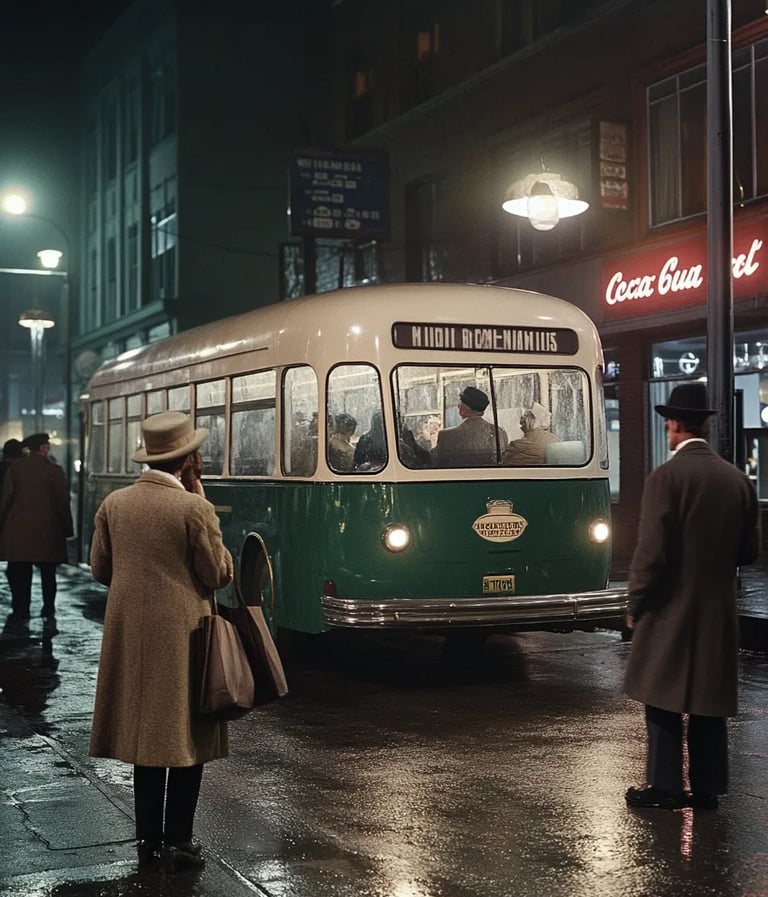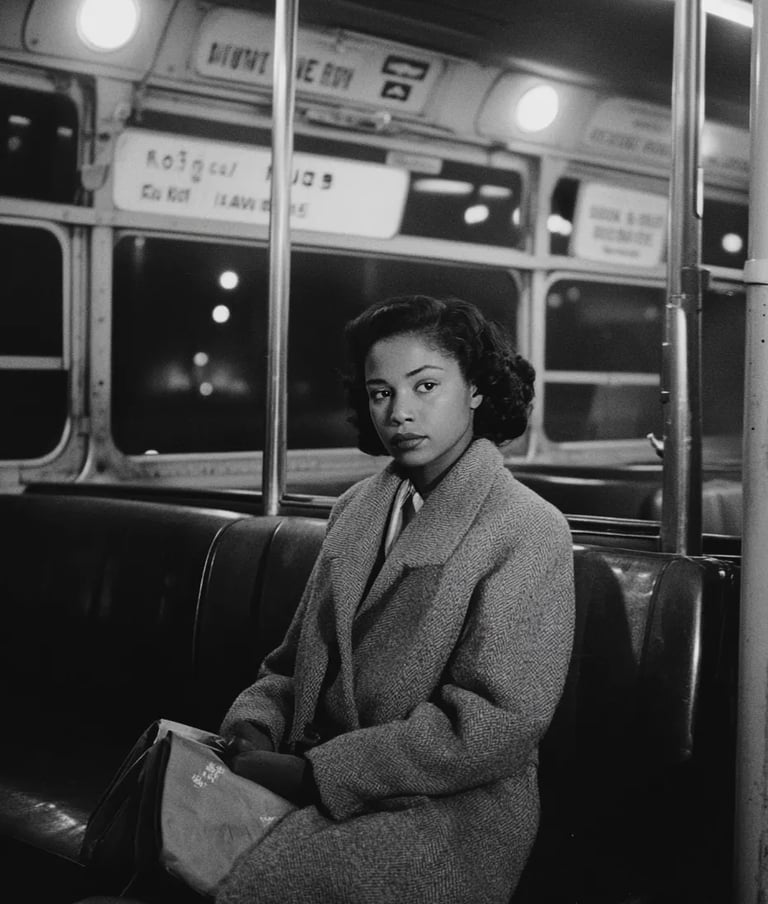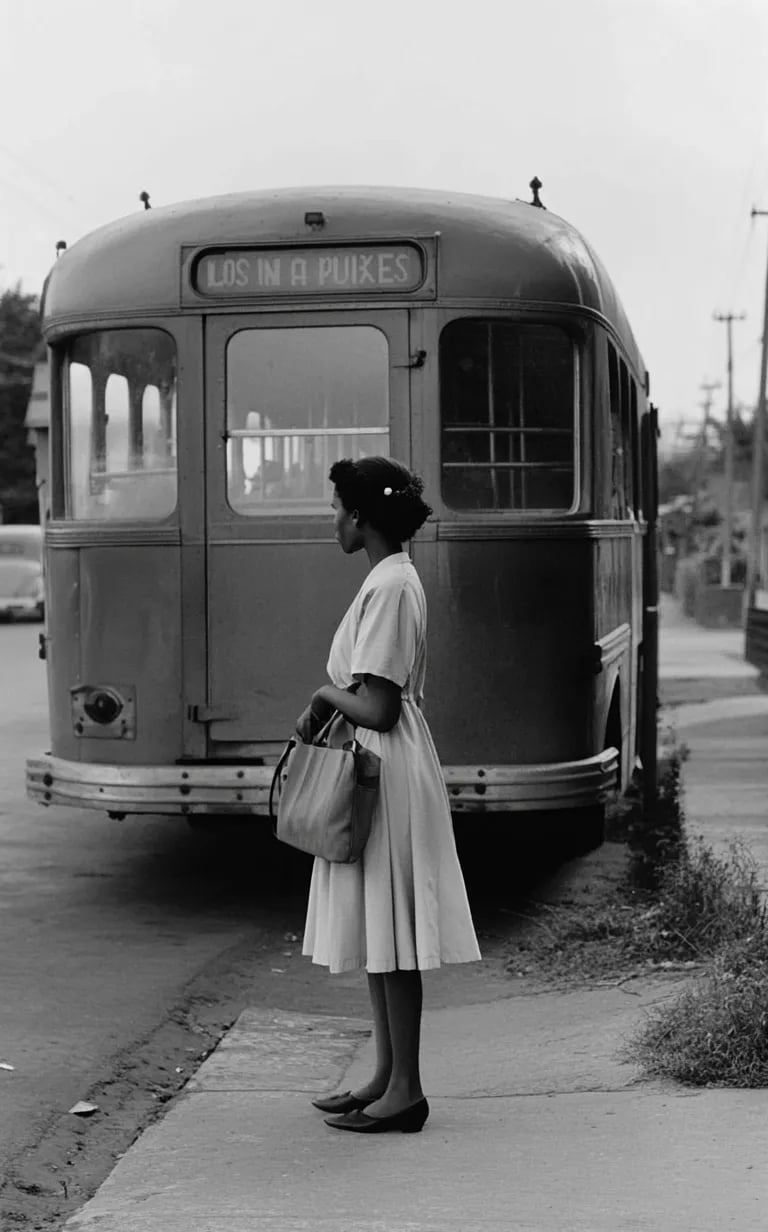When the people of Jerusalem had endured enough under the oppressive rule of Pasha Muhammad ibn Farukh, they acted. The tyrannical governor, known for cruelty and corruption, was finally driven out in 1626. This local revolt was more than a power shift—it was a rare act of defiance during Ottoman rule and a moment when Jerusalem’s citizens reclaimed their voice, even if only briefly, in a turbulent era.
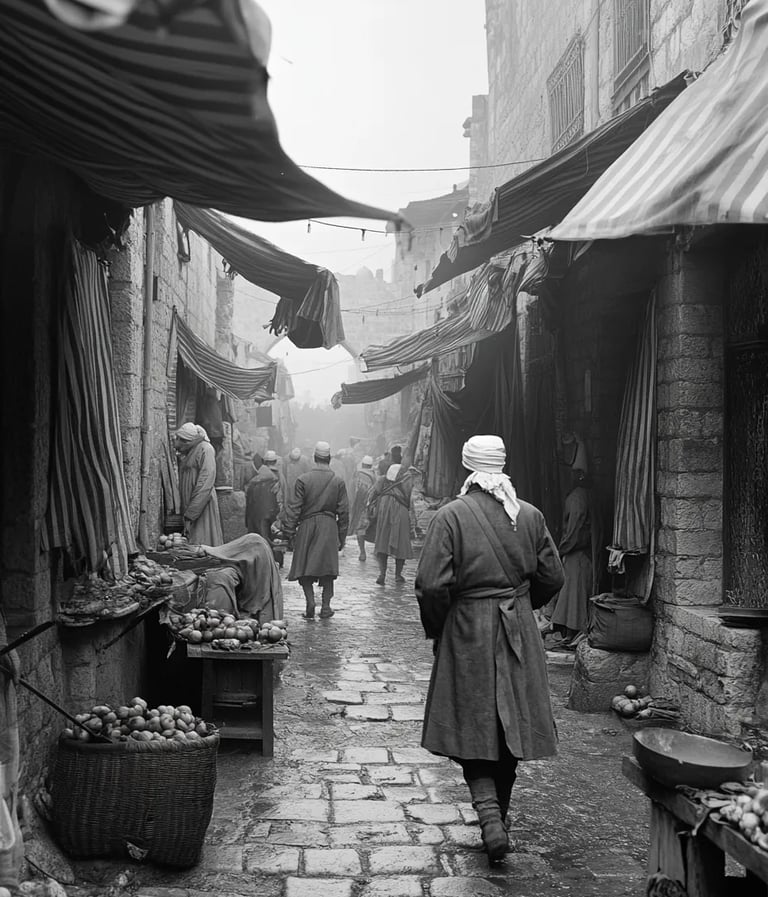

1626 – Tyrant Toppled: Jerusalem Rises Against Its Governor
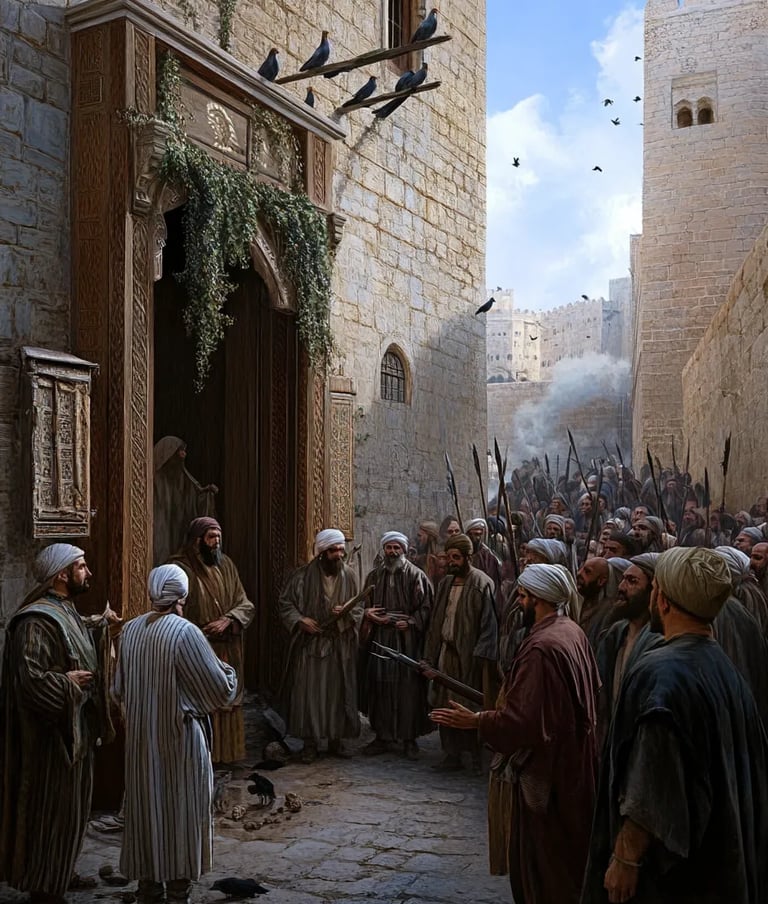

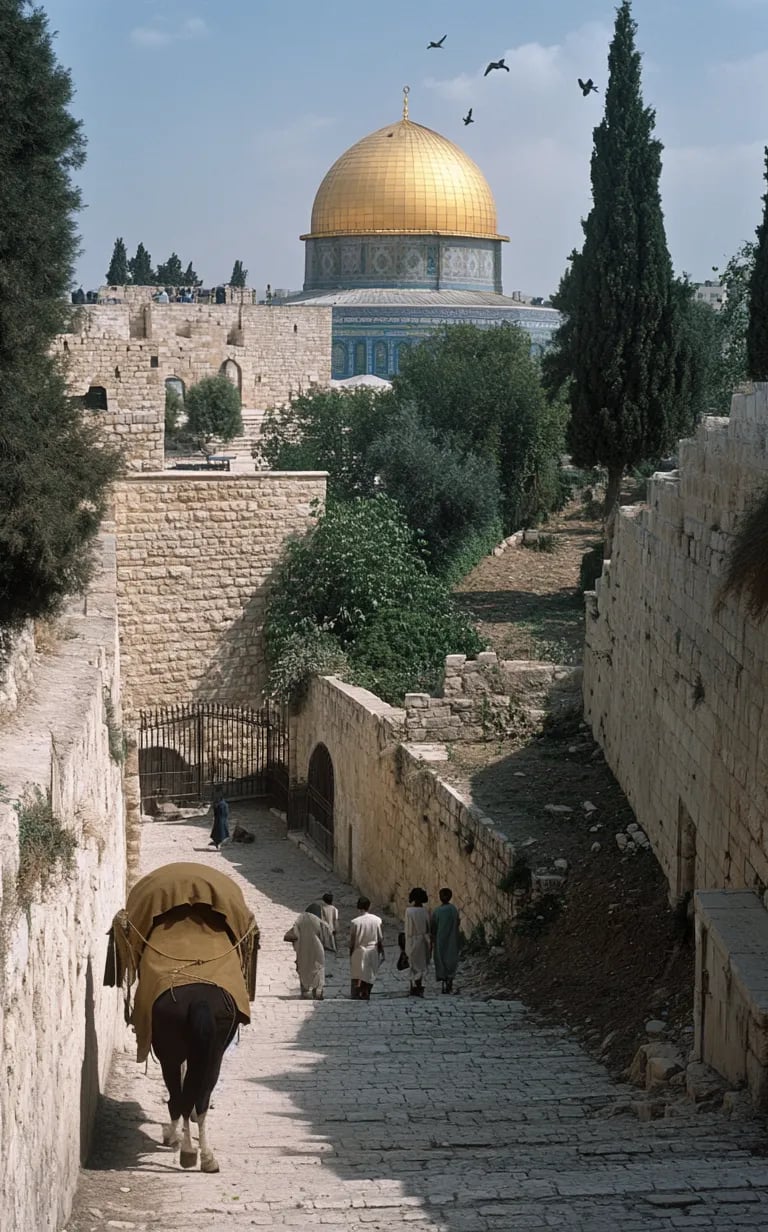

In the winter chill of 1831, the Erie Canal—a vital waterway linking the Atlantic to America’s interior—froze over entirely, halting transport and trade for a month. The icy shutdown highlighted both the canal’s economic importance and its seasonal vulnerability. It served as a chilling reminder that progress, no matter how grand, remained at the mercy of nature’s grip in early 19th-century America.
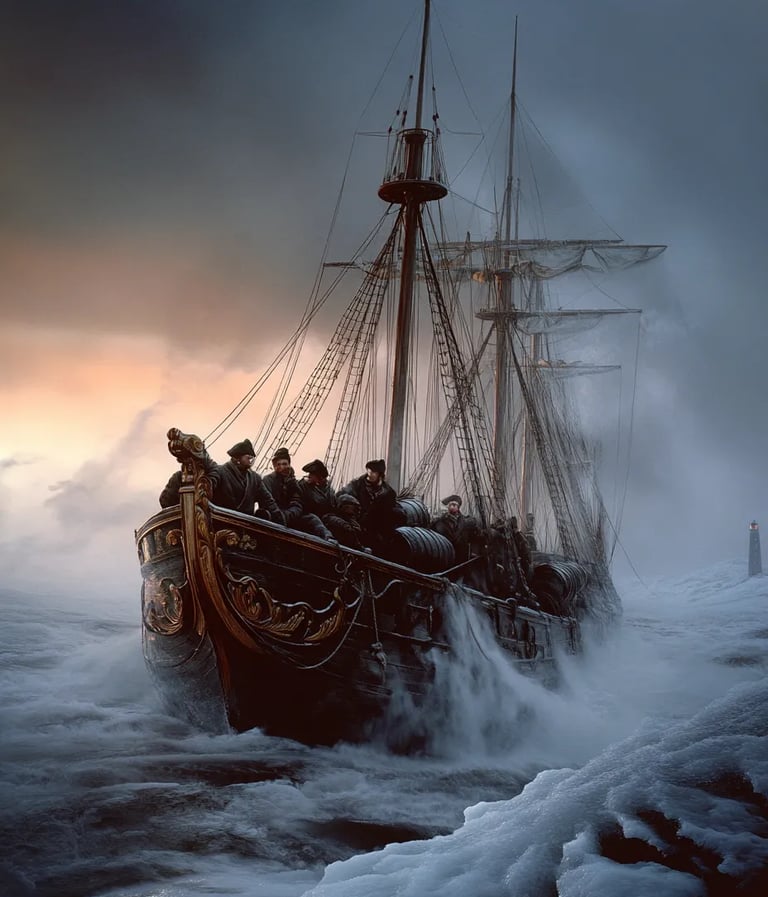

1768 – Ghosts Beneath the Ice: The Fredensborg Sinks in Norway
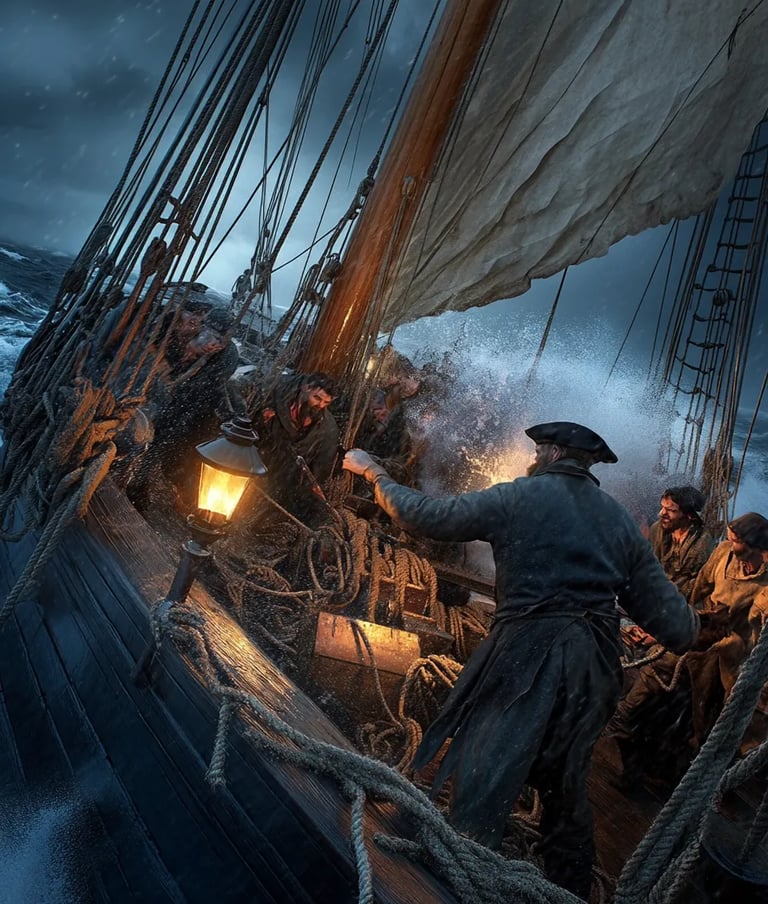



In the winter chill of 1831, the Erie Canal—a vital waterway linking the Atlantic to America’s interior—froze over entirely, halting transport and trade for a month. The icy shutdown highlighted both the canal’s economic importance and its seasonal vulnerability. It served as a chilling reminder that progress, no matter how grand, remained at the mercy of nature’s grip in early 19th-century America.
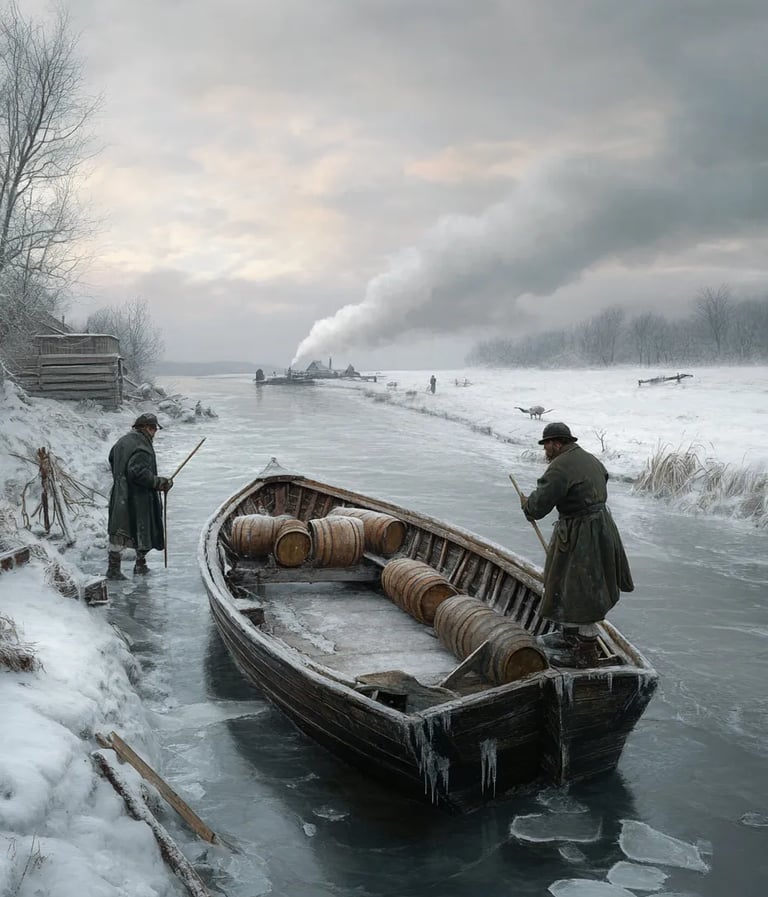

1831 – Frozen Artery: Erie Canal Locks Up for a Month
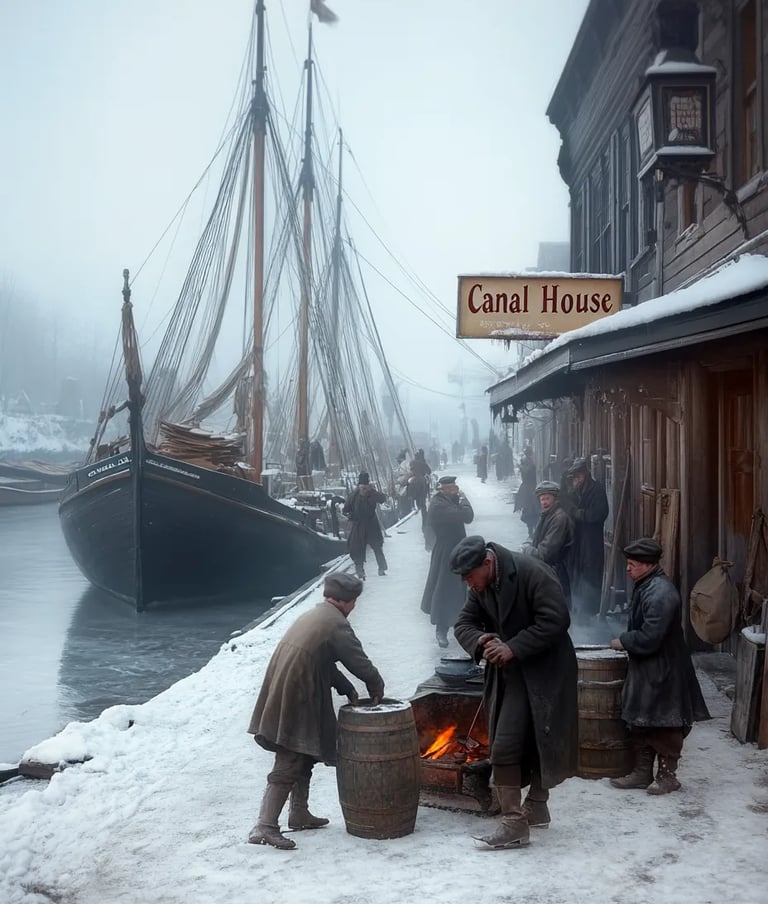

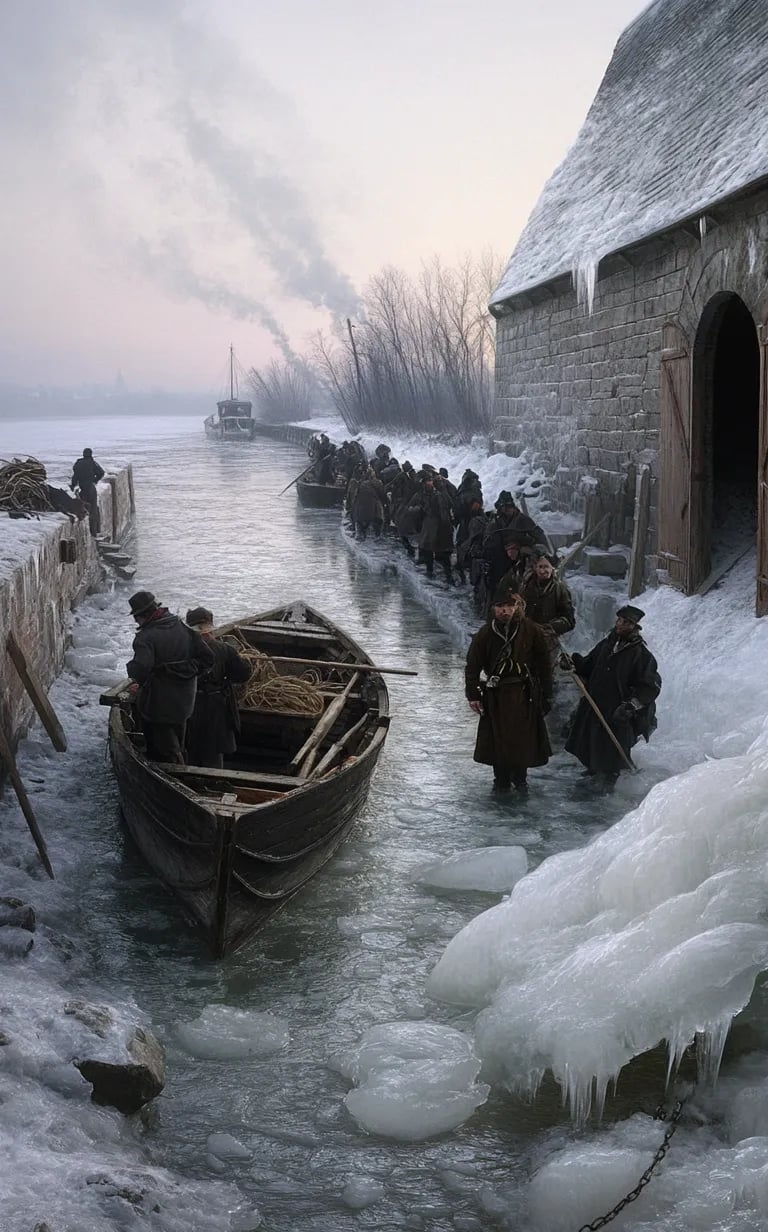

On a crisp December day, Americans gazed skyward to witness something never seen before—a message written in smoke across the clouds. RAF Captain Cyril Turner looped through the sky, spelling out “Hello USA” over New York. This 1922 stunt was more than a novelty—it launched the era of skywriting as a powerful form of advertising, blending aviation with artistry in a way no one had imagined.
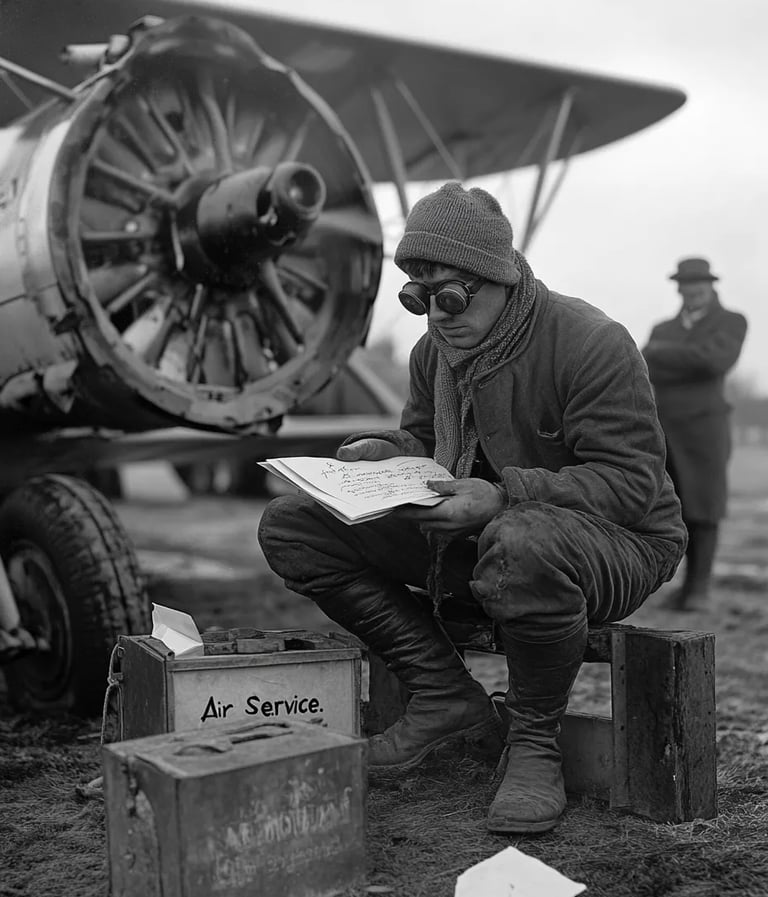

1922 – A Message in the Sky: ‘Hello USA’ Stuns onlookers


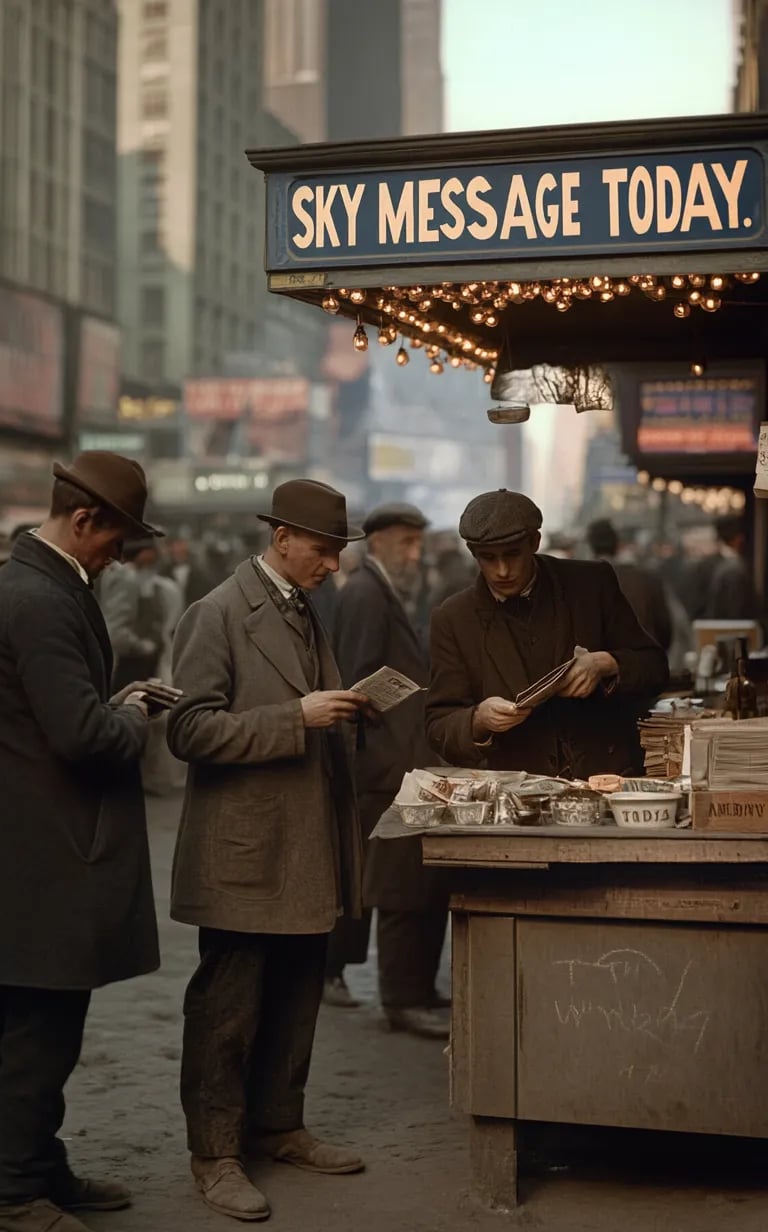

On December 1st, 1955, Rosa Parks refused to give up her bus seat to a white passenger in Montgomery, Alabama. Her quiet act of resistance led to her arrest—and ignited the Montgomery Bus Boycott. What seemed like a small protest became a defining moment in the civil rights movement, inspiring a wave of activism and forever marking Parks as a symbol of courage against racial injustice.
